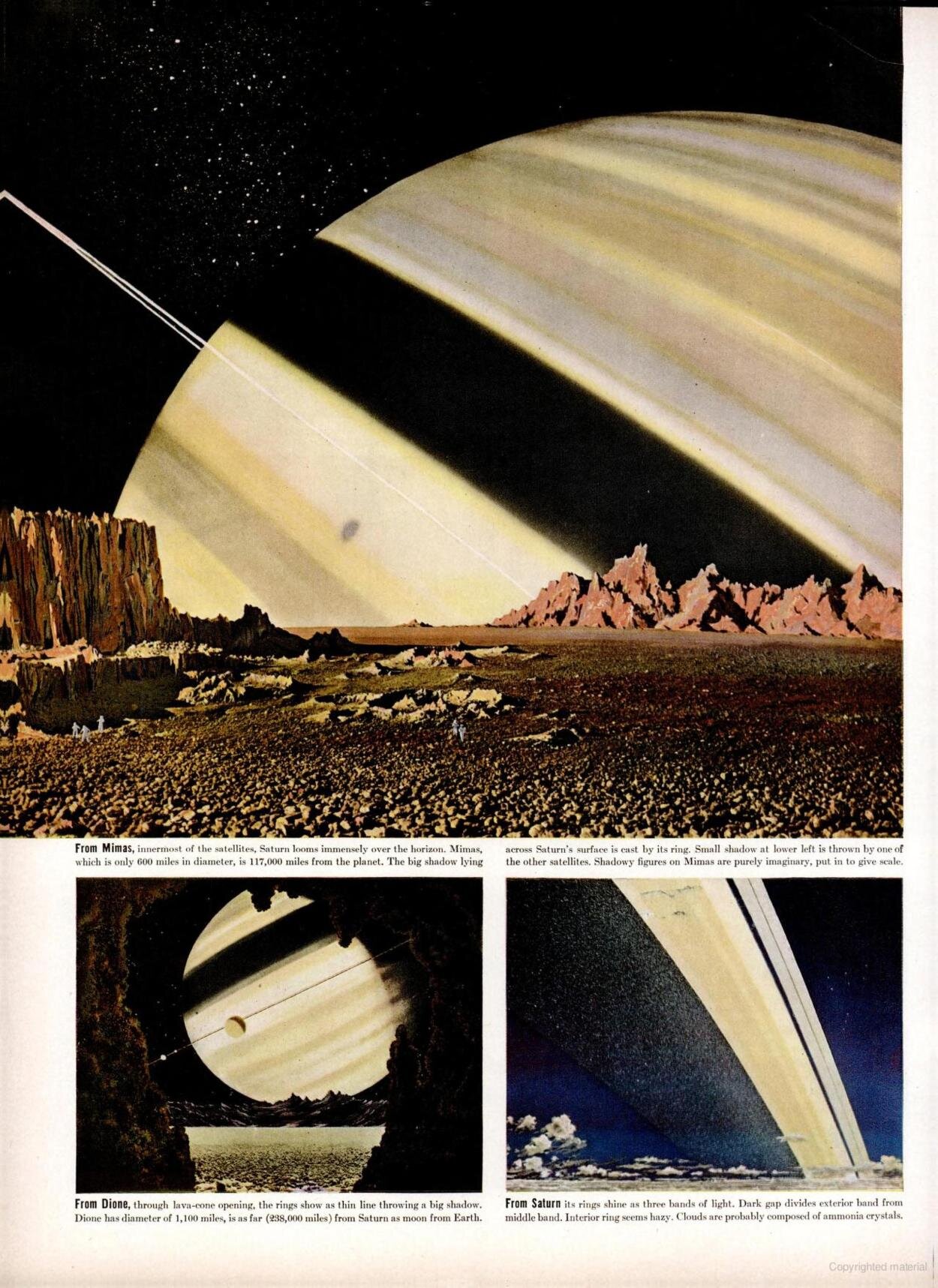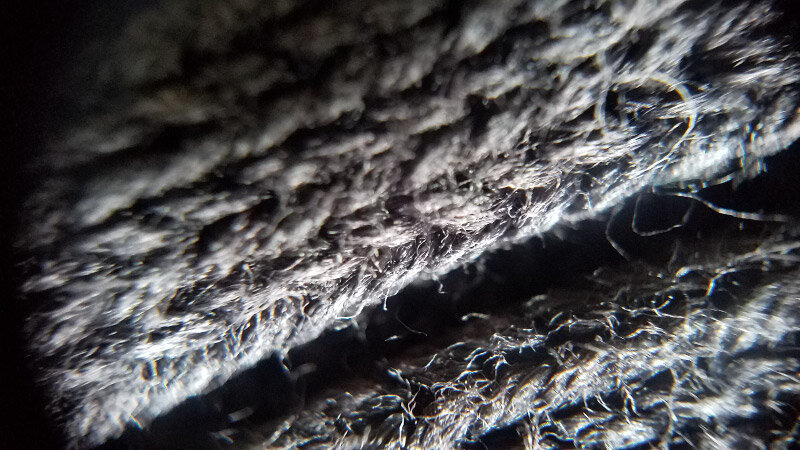Carolina Wren
Chipping sparrow
Dark-eyed junco
Tufted Titmouse (with a chipping sparrow flying in)
Red-bellied woodpecker (male)
Chipping sparrow with mourning doves below
House finch (male and female)
Northern Cardinal (female) and house finch (male)
Carolina wren
Northern Cardinal (female)
Carolina Wren
Brown-headed Cowbird (female)
In the rain – Brown headed Cowbird (female) with Northern Cardinal pair below
Red-bellied Woodpecker (male)
Red-bellied Woodpecker (male) and Brown-headed Cowbird (female) with Northern Cardinal (male) below. The cowbird left first leaving the woodpecker to enjoy breakfast.
Brown-headed Cowbirds (male and female)
Brown-headed Cowbird (female)
House finch (male) and Brown-headed Cowbird (female)
Carolina Wren
Carolina Wren
House Finch (male)
Carolina Wren with peanut
I noticed when I was listening to the first videos for each morning that there is often a phoebe in our yard greeting the day (they are insect eaters so don’t come to our deck).
The cowbirds are around a lot more this year, but they don’t seem to be deterring the other birds at the feeder. The woodpeckers and finches are aggressive enough to drive them away and the cardinals wait until they leave.
Refilling the birdfeeder and bath. I let the feeder be emptied by the birds. The little ones like the chickadees do a thorough job. The bigger birds like the woodpeckers are more interested in peanuts and sunflower seeds…very frustrated when the supply is low. The morning was so cold (in the low 40s) that I put my coat on for the chore.
Perfecting the grocery list. I have settled into a grocery delivery pattern: selecting a morning delivery time slot 3-4 days in advance then building up the list in the interim, marking my calendar for the 2-hour interaction with the shopper/delivery person. Thursday is the big day this week – and I got a morning time slot! There are 36 items on the list.


































































